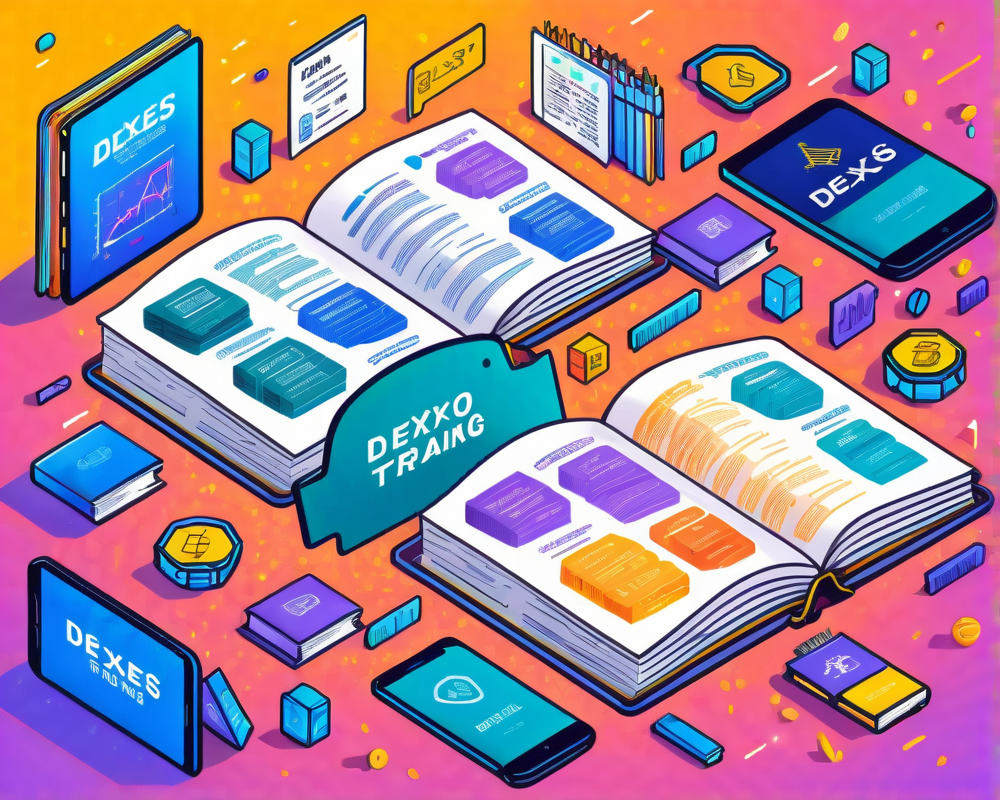The Rise of Decentralized Exchanges (DEXes)
Decentralized exchanges (DEXes) emerged as the superhero to the kryptonite that is centralized exchanges, tackling issues like hacking vulnerabilities, mandatory Know Your Customer (KYC) regulations, and the dark art of private key management. But let’s not throw centralized exchanges under the bus just yet—they’re like the helpful tour guides leading newbies through the complex labyrinth of cryptocurrency.
AMMs: Revolutionizing the DeFi Ecosystem
The Automated Market Maker (AMM) model kicked down the door of the DeFi scene like it owned the place. Thanks to inspiration from Ethereum’s co-founder, Vitalik Buterin, AMMs tackled the liquidity problems that had been pulling DEXes into the dark alley of inefficiency. As a result, platforms like Ethereum and Binance Smart Chain welcomed the AMM model with open arms. But—and there’s always a but—this shiny new model isn’t without its issues.
AMM Model Limitations
Let’s chat about the not-so-glamorous side of AMMs:
- Impermanent Loss: This is when liquidity providers find themselves regretting their choices like a bad breakup—holding tokens that lose value due to price fluctuations.
- Slippage Woes: In low-liquidity pools, trades might feel like a blind date gone wrong—expecting an 8 and getting a 2 instead.
- Arbitrage Fun: Sure, arbitrageurs help align prices, but they can also drag liquidity providers into the mud if not managed right.
- No Fancy Orders: AMMs don’t offer the luxury of limit or stop orders, leaving strategic traders with no toys to play with.
The Steady Hand of Order Books
Order book exchanges have been the backbone of traditional financial markets, facilitating smooth, transparent price discovery. Think of the order book as a bustling farmer’s market—traders see what’s available, what the prices are, and who’s ready to negotiate. The flexibility of executing various order types means traders can dive right into their strategies, whether they’re playing it safe or taking bold risks.
Why Order Books Shine with UTXO-Based Blockchains
The magic truly happens when you mix order books and UTXO-based blockchains. Here’s why they make sense together:
- Peer-to-Peer Transactions: Say goodbye to stirred liquidity pools; each trade is a direct connection between buyers and sellers.
- Speedy Processing: High concurrency means faster order matching and execution—talk about a turbo boost!
- Transparency for Days: Full visibility into order book states and trading history is a given, keeping everyone in the loop.
Final Thoughts on the Trading Evolution
As cryptocurrency evolves, the shift from AMM models to order book structures could redefine how we trade. By synthesizing the best aspects of centralized platforms with decentralized innovations, DEXes may bridge gaps, enhance user experiences, and encourage more widespread adoption of DeFi. The future doesn’t seem so far-fetched—it’s just around the corner, seemingly ready to shake hands with traditional finance.




